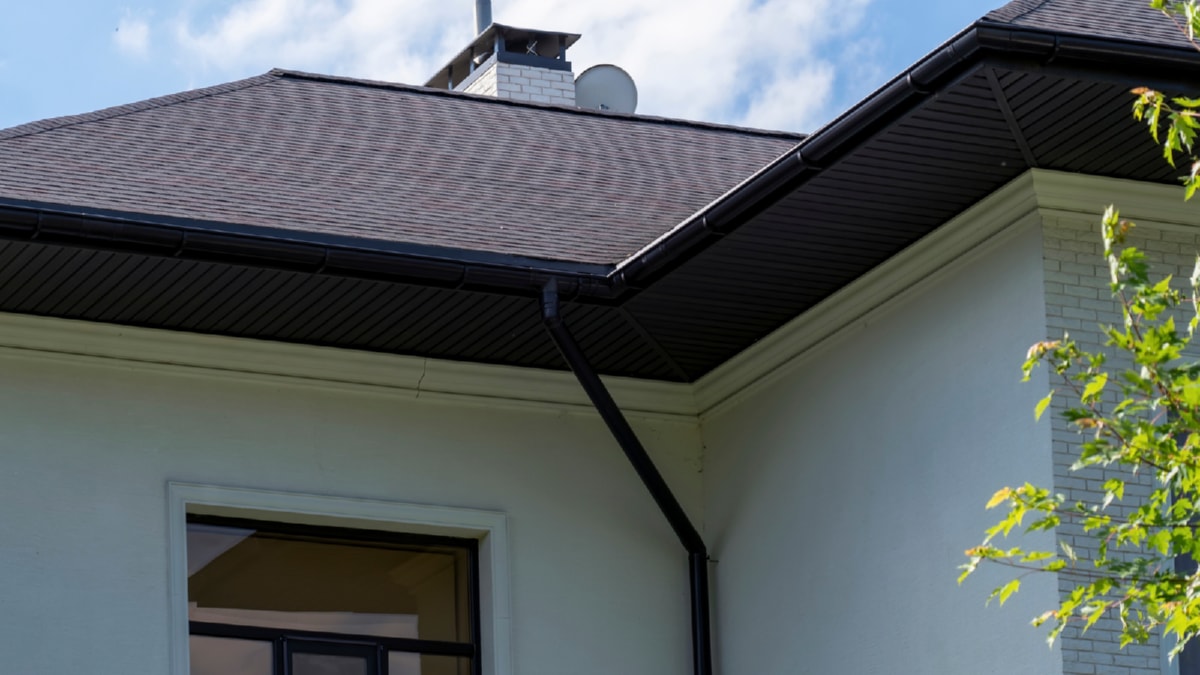Modern construction techniques have brought about a revolution in urban skylines worldwide. With advancements in technology and engineering, the possibilities for architectural innovation have expanded beyond our imagination. This article delves into how these modern techniques are reshaping cities and transforming the way we build.
In the heart of these changes lie the principles of sustainable construction. With environmental concerns at the forefront, modern construction is about more than just building taller and bigger. It’s about creating structures that are energy-efficient, environmentally friendly, and sustainable. Techniques like green building, using renewable materials, and leveraging energy-efficient technologies are becoming increasingly popular. Buildings are being designed to minimize energy use, reduce waste, and have a lesser impact on the surrounding environment.
One of the most significant innovations in modern construction is the use of prefabrication. Prefab structures are built in factories and assembled on-site, reducing construction time and waste significantly. This method is not only cost-effective, but it also allows for greater precision in the construction process. With prefabrication, buildings can be erected in record time, with minimal disruption to the surrounding area.
Another game-changing technique is the use of Building Information Modelling (BIM). BIM allows for a 3D model of a building to be created before construction begins. This virtual representation aids in design decisions, improves accuracy, and allows for better coordination among different construction professionals. With BIM, potential issues can be identified and rectified even before construction begins, saving both time and resources.
Modern construction also sees a significant use of innovative materials. This includes the use of self-healing concrete – a type of concrete that has the ability to repair itself when cracks appear, reducing maintenance costs and increasing longevity. Additionally, transparent aluminum and aerogels are being used for their strength and light-weight properties.
However, the revolution in urban skylines is not just about buildings; it’s also about the spaces between them. Modern construction techniques are being used to create urban spaces that are pedestrian-friendly, with ample green spaces and public areas. These techniques aim to make cities more livable, improving the quality of life for their residents.
The use of drones and robots in construction is also transforming the industry. Drones are being used for site surveys, providing accurate data faster and safer than traditional methods. Robots, on the other hand, are being used for tasks that are dangerous or repetitive, improving safety and efficiency on construction sites.
In the realm of skyscrapers, the advent of super-tall and mega-tall structures has been facilitated by advancements in vertical transportation. The development of high-speed, energy-efficient elevators has made it possible to build taller than ever before.
In conclusion, modern construction techniques are revolutionizing urban skylines, making them not just more spectacular, but also more sustainable and livable. These advancements are reshaping the way we think about construction and design, pushing the boundaries of what is possible. As we continue to innovate and evolve, the skylines of our cities are set to become more impressive, more sustainable, and more reflective of our technological progress.
For more details, check best interlocking services Toronto or visit their business listing here.



